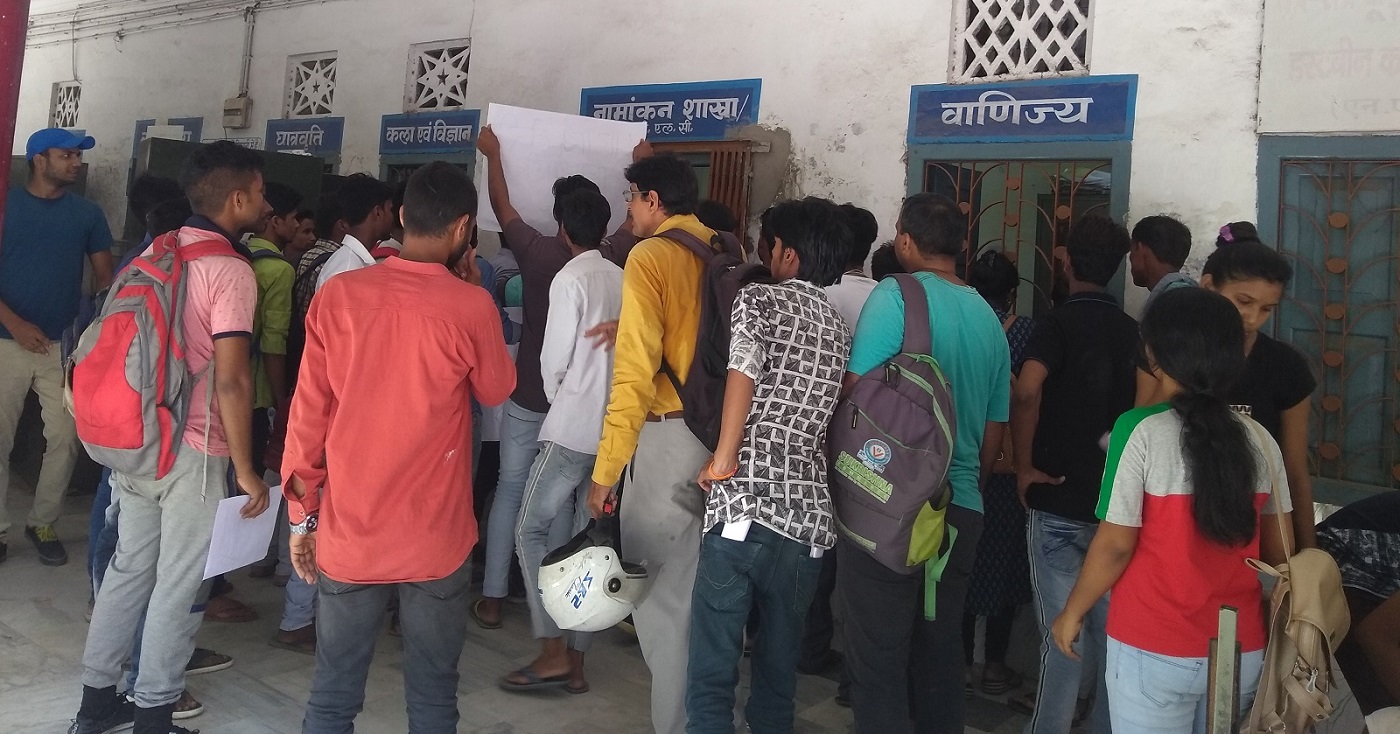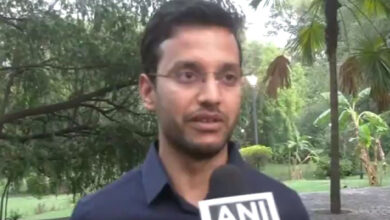
By Saket Suman
The government has launched an Artificial Intelligence (AI) based platform to bridge demand-supply gap of skilled workforce across sectors. The new platform will map details of workers based on regions and local industry demands.
The new portal introduced by the Ministry of Skill Development and Entrepreneurship is named ‘Aatamanirbhar Skilled Employee Employer Mapping (ASEEM)’.
“The initiative aims to accelerate India’s journey towards recovery by mapping skilled workforce and connecting them with relevant livelihood opportunities in their local communities especially in the post COVID era,” said Mahendra Nath Pandey, Union Minister of Skill Development & Entrepreneurship.
ASEEM will provide employers a platform to assess the availability of skilled workforce and formulate their hiring plans. Aatamanirbhar Skilled Employee Employer Mapping (ASEEM) refers to all the data, trends and analytics which describe the workforce market and map demand of skilled workforce to supply. It will provide real-time granular information by identifying relevant skilling requirements and employment prospects.
ASEEM https://smis.nsdcindia.org/, also available as an App, is developed and managed by National Skill Development Corporation (NSDC) in collaboration with Bengaluru-based company Betterplace, specialising in blue collar employee management.
ASEEM portal aims at supporting decision and policymaking via trends and analytics generated by the system for programmatic purposes. ASEEM shall help in providing real-time data analytics to NSDC and its Sector Skill Councils about the demand and supply patterns including – industry requirements, skill gap analysis, demand per district/ state/cluster, key workforce suppliers, key consumers, migration patterns and multiple potential career prospects for candidates. The portal consists of three IT based interfaces –
- Employer Portal – Employer onboarding, Demand Aggregation, candidate selection
- Dashboard – Reports, Trends, analytics, and highlight gaps
- Candidate Application – Create & Track candidate profile, share job suggestion
ASEEM will be used as a match-making engine to map skilled workers with the jobs available. The portal and App will have provision for registration and data upload for workers across job roles, sectors and geographies. The skilled workforce can register their profiles on the app and can search for employment opportunities in their neighbourhood. Through ASEEM, employers, agencies and job aggregators looking for skilled workforce in specific sectors will also have the required details at their fingertips. It will also enable policymakers take more objective view of various sectors.
“Migrant labour has been severely impacted by the socio-economic fallout of the COVID pandemic. In the current context, NSDC has taken up the responsibility of mapping the dispersed migrant population around the country and providing them the means to re-build their livelihood by matching their skill-sets to available employment opportunities,” said AM Naik, Chairman, NSDC and Group Chairman, Larsen & Toubro Limited highlighting how ASEEM will bridge the demand supply gap in the skilled workforce market.
“The launch of ASEEM is the first step on that journey. I am confident that the real-time information ASEEM provides to both employer and employee will add value to the labour ecosystem and contribute to building the trust among the workforce, which is essential for the recovery of the economy,” Naik added.



